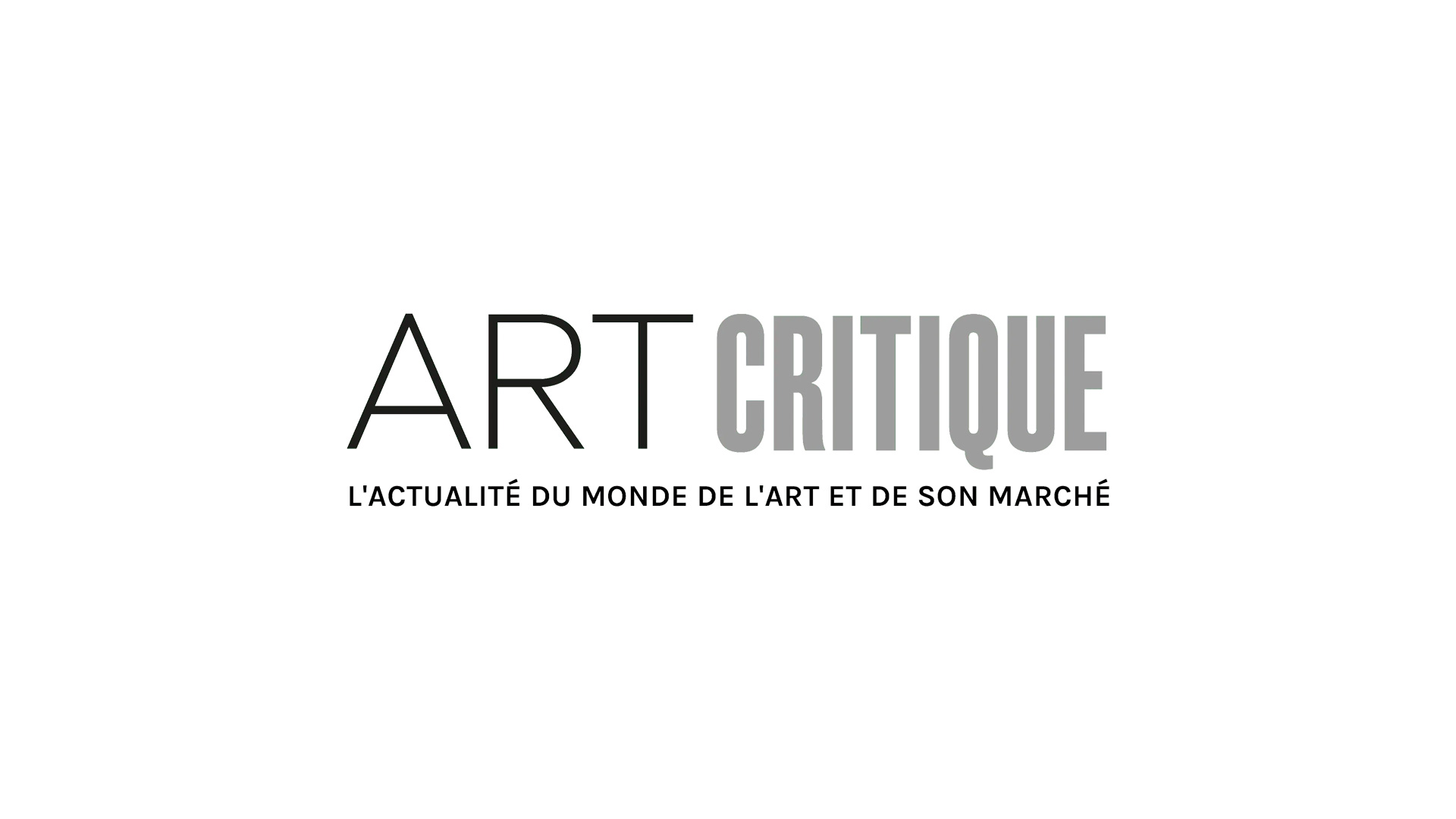After a fire in September, Brazil’s National Museum in Rio de Janeiro was devastated. Priceless artefacts and ongoing research were completely lost as the massive blaze that engulfed everything. Of the 20 million items, including ‘Luzia’ – the 12,000-year-old remains of the oldest found Latin American woman – it is estimated that 92.5% of them were destroyed. The shell of the museum, which was one of the largest natural history and anthropology collections in the Americas, now sits roofless amongst charred trees.

In light of the shocking event, the Smithsonian Institute, Fulbright Commission, US Diplomatic mission in Brazil, US department of state, and others have organized an initiative to help restore that which was lost. It was announced on November 17th that 14 student researchers from the Federal University of Rio de Janeiro will be granted access to Smithsonian research labs for a 30-day stint in the coming year. Ten will be based at DC’s National Museum of Natural History while four will be relocated to the Smithsonian’s Center for Folklife and Cultural Heritage. This step in rebuilding the legacy of Brazil’s museum is part of an effort to help the next generation of anthropologists and scientists according to Kirk Johnson, Smithsonian’s National Museum of Natural History. Alexander Kellner, director of Brazil’s National Museum stated: ‘We have lost part of our collection but not our ability to produce knowledge.’ ‘The National Gallery lives!’ he continued.
Google’s Arts and Culture platform is also making strides to restore what has been lost due to the fire. The website has launched a virtual tour of the National Museum inviting anyone to ‘revisit or discover’ the galleries through Google Street View. Portions of the museum are digitally available for ‘visitors’ to explore. This is luckily due to Google Arts and Culture having begun work documenting the archives of the 200-year-old institution in 2016 alongside the Federal University and Brazilian Ministry of Culture, the museum’s managing body. Seven online exhibitions consisting of 160 high-resolution images guide visitors through museum highlights. Though this will by no means reverse the loss of such valuable aspects of human history, as the Google initiative programme manager Chance Coughenour expressed, the archived items will persist in digital form. The fire is a grim reminder that high-quality photographic records are necessary for today’s institutions. Google Arts and Culture are still discussing the details of ongoing collaboration with the museum.
The Brazilian government, primarily Brazilian President Michel Temer, has received harsh backlash due to the fire. Since 2014, the museum hasn’t received its annual maintenance budget of $128,000 in full. This year, it only received $13,000 of that budget. The museum faced temporary closure due to lack of funds and museum curators resorted to crowdfunding to fix issues including termite damage. When the fire broke out, the two nearest fire hydrants were reportedly empty forcing fire fighters to use water trucks to bring in water.
Since the fire, researchers have sifted through the rubble collecting more than 1,500 items including crystals, minerals, and indigenous pre-Columbian Brazilian and Peruvian artefacts. The Brazilian government has also pledged funds for 2019 that will benefit the museum and university. However, in the wake of such overwhelming devastation, this seems far too little far too late.





